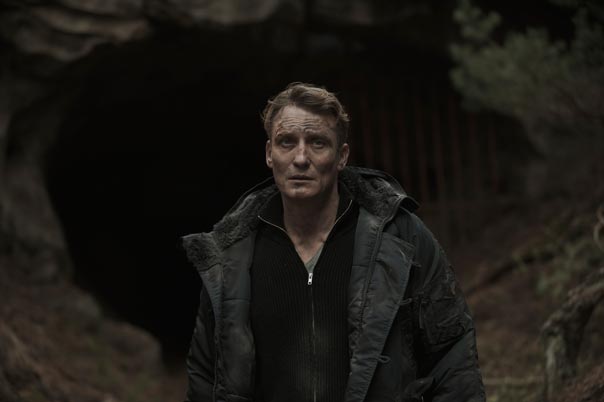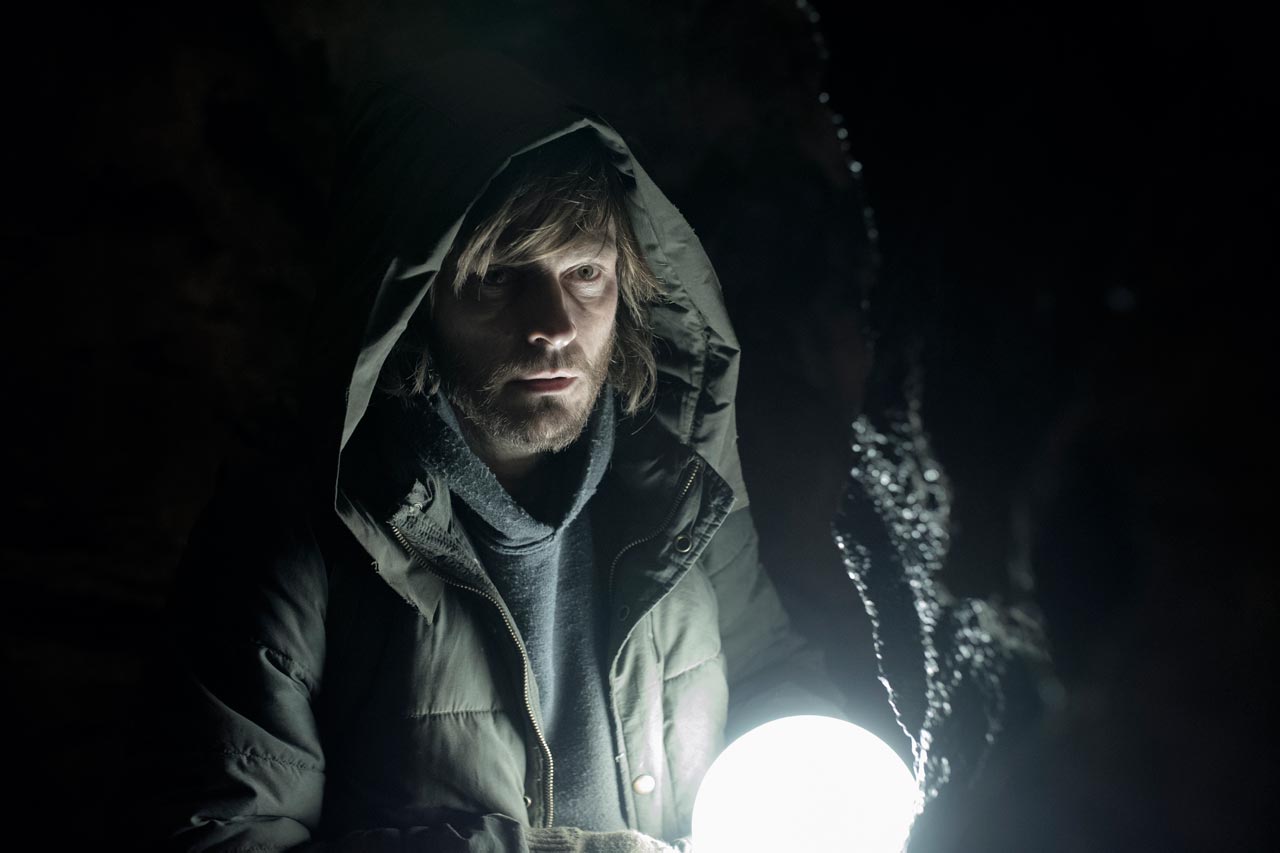"What We Know is a Drop; What We Don’t Know is an Ocean”: Dark
For every straight-up horror TV show, there are more teetering on the edge of “genre,” the catch-all for everything that doesn’t easily fit into horror, science fiction, or fantasy. This is where shows like Stranger Things and Twin Peaks dwell, trading in on the distinctively American iconography of small towns with secrets… in the woods.
Yet America doesn’t have a patent on this particular brand of storytelling. The Brothers Grimm utilized Germany’s Black Forest as the setting for many of their fairy tales and this connection continues to exist. A 2009 Deutsche Welle article on the relationship between nature and German culture quotes a forester: “The woods are not some remote ideal to be approached in literature or hiking boots, but an intimate part of even the most urbanized life."
Netflix’s ten-part series Dark feels like a fresh take on the Grimm Brothers’ stories despite showrunner Baran bo Odar’s claim that he and writer Jantje Friese “don’t believe in local stuff, we don’t believe in genre---we just believe in good stories.”
Although there are no changelings per se, Dark certainly presents the possibility of children being switched. The show also evokes the legends of Kaspar Hauser, an orphaned 19th century German teenager sometimes called the “wolf child” who was claimed to be raised in both a forest and a dungeon, although he was most likely a con artist.
Dark opens with a quote from Albert Einstein: "The distinction between the past, present and future is only a stubbornly persistent illusion." It’s an excerpt from a letter Einstein wrote after learning of the death of his good friend and collaborator Michele Besso; it was meant to help Besso’s family cope with their loss. The first episode of Dark, “Secrets,” shows how relevant the quote is to the series as a whole.
It’s 2019 and the people of the small town of Winden are concerned about the recent disappearance of a teenager named Erik Obendorf. Another teenager named Jonas Kahnwald is coping with the recent suicide of his father Michael. His mother seems to have moved on somewhat---she’s having an affair with the married police officer Ulrich Nielsen---but Jonas is still troubled. When Ulrich’s son Mikkel disappears near a cave during a rainstorm, it makes him wonder if it’s related to Erik’s disappearance. It also stirs up painful memories from 1986, when Ulrich’s brother Mads disappeared and was never found.
This first episode of Dark introduces us to many of the main characters and sketches their relationships to each other. In many cases, three generations of families are depicted, a hint that there may be even more relevance to that Albert Einstein quote. In fact, two of the show’s older characters---Jana Nielsen (Ulrich’s mother) and Helge Doppler (the father of Ulrich’s co-worker Charlotte)---ponder the return of the past, saying, “it’s just like it was back then.” Could their proclamations refer to the events surrounding the 1986 disappearance of Mads or something more?
While Dark’s first episode feels eerily similar to Shudder’s Swedish series Jordskott---nature vs. technology, missing children, troubled police officers, small-town secrets---the second episode feels more like Twin Peaks. There are people with agendas in Dark and some of them seem downright sinister. Episode 3, “Past and Present,” seems to take that Albert Einstein quote even further, bringing viewers back to the troubled year of 1986. Yet Dark, unlike Stranger Things, isn’t a period piece. And although it does spend a lot of time with the younger generations depicted on the show, it also reveals that the word “younger” is relative.
What’s most intriguing about Dark is that it isn’t necessarily just a show about a missing child and a cave in the forest. There are also mysterious animal deaths, the looming spectre of the town’s nuclear plant, and the strange suicide note that Michael Kahnwald left, the same one his mother Ines pulls from a wooden jewelry box to read.
For all of the information Dark gives us, it raises even more questions. Where is Erik? Why is Charlotte’s husband so upset all the time? What is going on at the nuclear plant? Who are the two hooded strangers that appear out of the cave?
Perhaps the most pressing question revolves around the significance of scientist and author H.G. Tannhaus. It’s obvious that his name is meant to conjure images of H.G. Wells and The Time Machine, but will his character create more riddles or help solve them?
After witnessing the unexplained deaths of 33 sheep in a pasture, one of the characters in Dark quotes from the Gospel of Mark’s appraisal of the end times: “Be on guard! Be alert! You do not know when that time will come.” This statement seems to be a metaphor for understanding the show itself, an enigmatic narrative that is constantly shifting.




